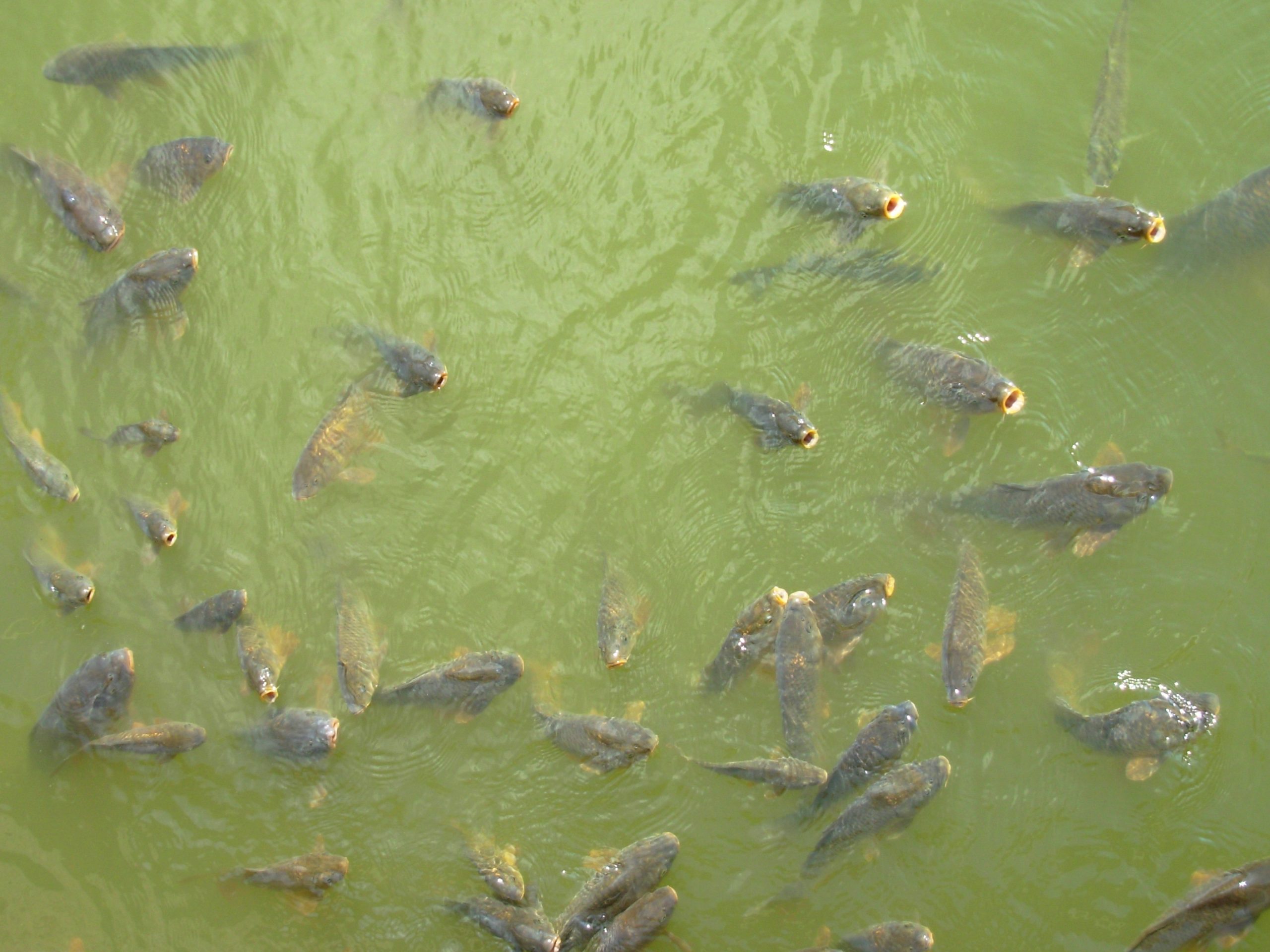
RESEARCHERS say that climate change since the 1990s has drastically reduced the amount of water available in the Murray-Darling Basin.
In a recent article published by The Conversation, Milton Speer (Visiting Fellow, School of Mathematical and Physical Sciences, University of Technology Sydney) and Lance M Leslie (Professor, School of Mathematical And Physical Sciences, University of Technology Sydney) say their research shows rainfall in April to May has significantly decreased which, in turn, has caused the net inflows to the Murrumbidgee River catchment in the southern basin to decrease. This includes in the main dams of Burrinjuck and Blowering in the upper part of the catchment, and downstream river heights.
The Murrumbidgee River catchment makes up 8 per cent of the Murray-Darling Basin. The height of the Murrumbidgee River — the third longest in Australia and highly valued for irrigation and hydro-electricity — has dropped by about 30 per cent during the growing season. This is a loss of approximately 300 million litres per day that would normally flow past Wagga Wagga.
Dam building and excessive irrigation are often behind decreased river flows across the Murray-Darling Basin. But Speer and Leslie argue that in this case, decreased rainfall from climate change is the reason the Murrumbidgee River catchment is losing water. They didn’t identify irrigation as a major contributor, because more than 80 per cent of irrigation occurs downstream of Wagga Wagga.
Read the full article here: theconversation.com




















